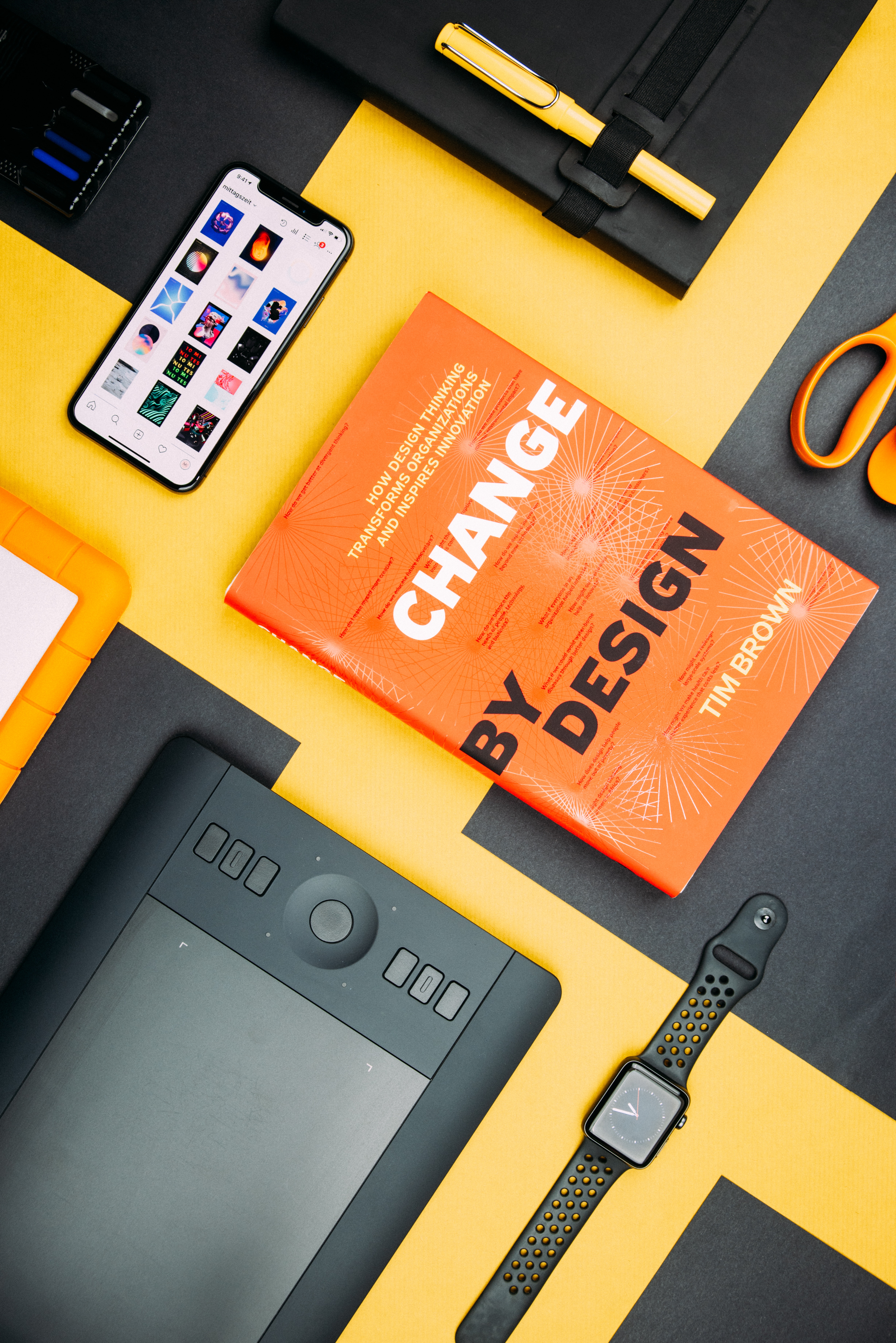Jan 5, 2024
Introduction
In the expansive realm of design, inclusivity has become the guiding principle for Palpx, a design company dedicated to creating interfaces that resonate with a diverse user base. This blog aims to unravel the significance of Inclusive Design, emphasizing accessibility, user diversity, universal design, and user-centered design. From delving into accessibility standards to exploring user persona diversity, inclusive UI/UX practices, and the importance of testing with diverse user groups, Palpx embarks on a journey to illuminate the essential elements that make interfaces embrace the richness of user diversity.
Inclusive Design: A Cornerstone for Our User-Centered Experiences
Our company positions Inclusive Design as a cornerstone, transcending conventional approaches by ensuring digital interfaces are accessible and user-friendly for individuals with varying abilities, backgrounds, and preferences. The central principle is to foster an environment where everyone, irrespective of differences, can seamlessly engage with the interface.
Accessibility Standards: Building Bridges and Removing Barriers with Us
At the heart of Inclusive Design lies a commitment to accessibility standards, a commitment we take seriously. These standards are meticulously crafted to bridge gaps and dismantle barriers that might impede users with disabilities. Incorporating features like alternative text for images, keyboard navigation, and clear language empowers us to make interfaces more accessible to a broader audience.
User Persona Diversity: Tailoring Interfaces to Real-World Users with Us
Understanding the diverse needs and preferences of users takes center stage in our approach to design. Creating a spectrum of user personas that authentically represent various demographic groups enables us to empathize with end-users. By factoring in elements such as age, gender, abilities, and cultural background, we tailor interfaces to resonate with a more extensive and diverse audience.
Inclusive UI/UX Practices: Balancing Functionality and Aesthetics.
Our inclusive UI/UX practices involve the delicate balance of functionality and aesthetics to accommodate diverse user needs. This includes using clear and concise language, offering adjustable font sizes, and ensuring color contrast for optimal visibility. Prioritizing simplicity and clarity enables us to craft interfaces that are not only visually appealing but also universally accessible.
Testing with Diverse User Groups: Validating Real-World Effectiveness
The litmus test for the effectiveness of inclusive design lies in testing with diverse user groups, a process we meticulously undertake. Conducting usability tests with individuals from different backgrounds, abilities, and technological proficiency levels serves as a critical step. This iterative process identifies potential challenges and areas for improvement, ensuring the final interface is robust and capable of meeting the needs of a wide array of users.
Conclusion
Inclusive Design is not merely a trend for our company; it's a commitment to crafting interfaces that honor and cater to the diversity of the user base. Adhering to accessibility standards, embracing user persona diversity, adopting inclusive UI/UX practices, and conducting thorough testing with diverse user groups ensures that our designs are not just visually appealing but authentically inclusive. The journey toward inclusivity in design is an ongoing one for us, marked by continuous learning and adaptation to the evolving landscape of user diversity.
